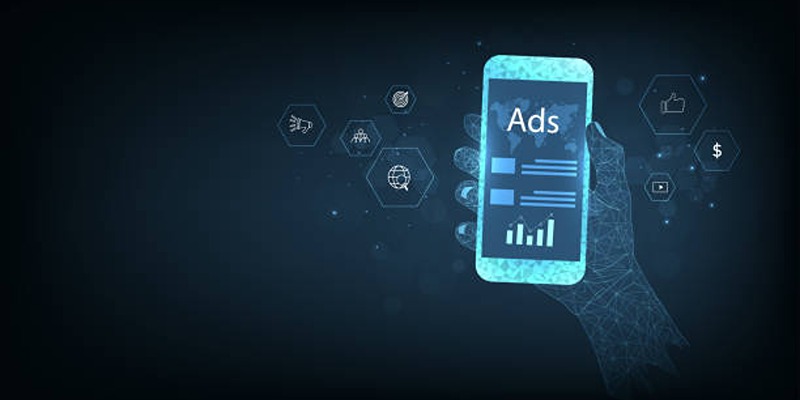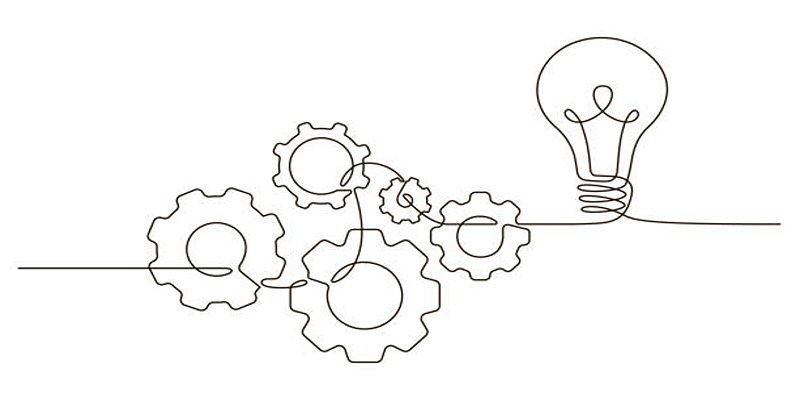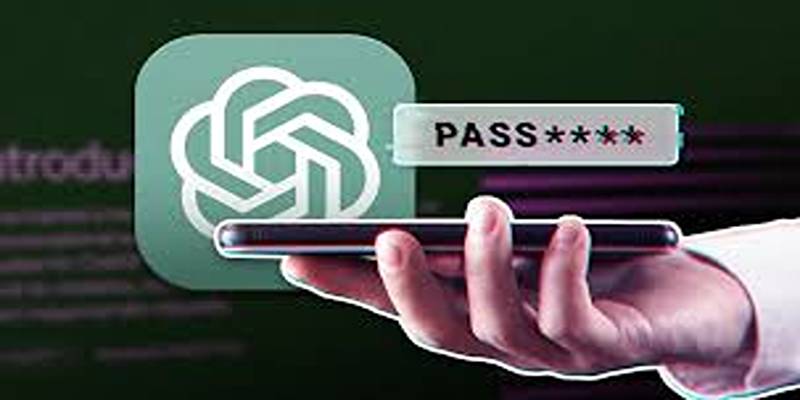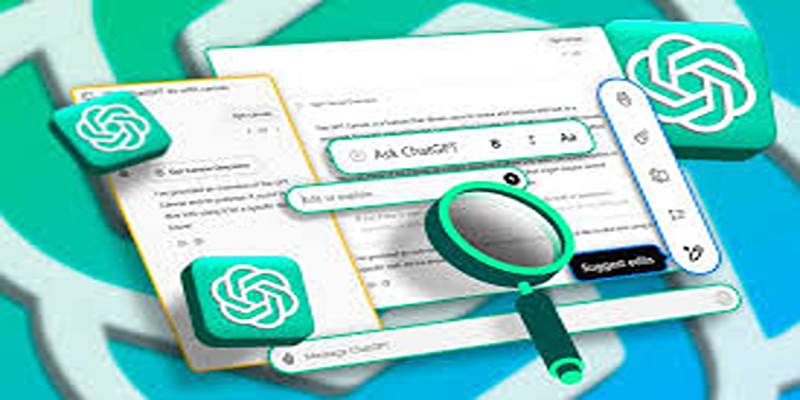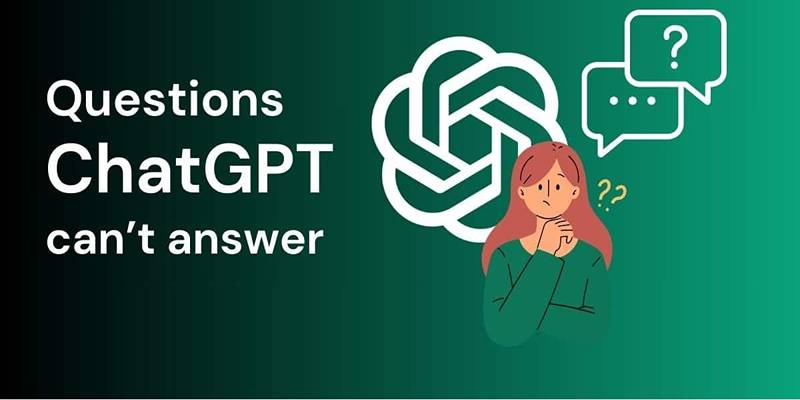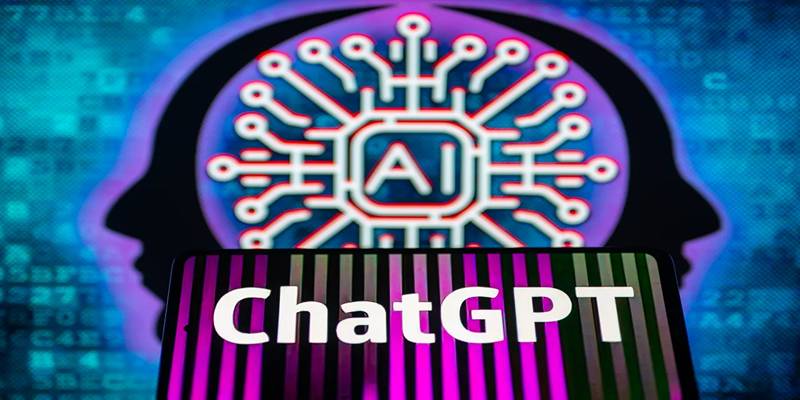When OpenAI introduced ChatGPT Tasks, the AI landscape took a significant step forward. The new feature allows users to schedule actions and automate interactions with the chatbot, opening up possibilities that extend far beyond casual conversation. But with any new release, particularly one still in its beta phase, an important question arises: Was it worth trying ChatGPT Tasks?
This post explores that question in detail, examining real-world use cases, technical limitations, and the potential for future development—all from the perspective of those who’ve tested the feature hands-on. Spoiler: it’s promising but not perfect.
First Thoughts: Easy and a Bit Magical
For most users trying the feature for the first time, the appeal is immediate. Setting up a task is straightforward. After selecting the “GPT-4o with scheduled tasks” model, one types a prompt such as:
“Every day at 7 AM, send me a motivational quote to start my day.”
From there, ChatGPT takes over. At the scheduled time, the AI sends the output to the user via email or push notification. In many cases, it works exactly as expected—simple, consistent, and oddly satisfying.
Works Great for Small Tasks
One of the strongest aspects of ChatGPT Tasks is how well it handles microtasks—small, focused actions that benefit from repetition and consistency. Take, for example, a user who wants to stay informed about current developments in artificial intelligence. By scheduling a daily task like:
“Each evening at 6 PM, send a summary of today’s top AI news with sources,”
They can receive curated, digestible updates at a fixed time. Since ChatGPT has web browsing capabilities, it can even include citations, enhancing transparency and allowing users to verify or read more if desired.
Similarly, the feature shines when used for habit-forming tasks, such as:
- Hourly water reminders
- Daily vocabulary words in a foreign language
- Regular productivity nudges
These types of recurring tasks are low-risk, easy to test, and show how ChatGPT can serve as a lightweight, AI-powered companion throughout the day.
Creative Use Cases: Storytelling and Entertainment
Another area where ChatGPT Tasks offers real value is entertainment and creative assistance. Some users have begun scheduling bedtime stories for their children, complete with AI-generated illustrations. A simple prompt like:
“Every night at 7 PM, create a unique fantasy bedtime story with a corresponding image,”
Results in imaginative, often delightful outputs. It has proven to be a favorite feature for parents seeking ways to enrich their children’s routines. Others have used the task system to receive nightly movie suggestions, travel tips while on vacation, or even daily writing prompts to break through creative blocks.
Notifications: Email vs. Push

ChatGPT Tasks delivers its outputs through either email or push notification, and both options have their strengths.
Push notifications work best for time-sensitive reminders, like taking out the trash or preparing for a meeting. Emails are more suitable for content-heavy tasks—like receiving news summaries, blog outlines, or creative stories.
That flexibility is useful, but some users may find the interface less intuitive than standalone productivity apps. Integration with calendars, to-do lists, or smart home devices would greatly expand the feature’s usefulness.
What It’s Not Good At: Hard Schedules?
Despite its strengths, ChatGPT Tasks is not without flaws—particularly when it comes to complex or nuanced scheduling.
One user attempted to use the feature to schedule reminders for a university teaching assistant position. The weekly schedule included different classes at varying times and rooms. The request was clearly structured and logical:
“Send reminders 15 minutes before each class:
Monday – 8:30 Algorithms (Room A3), 10:45 Logic (Room B5)
Tuesday – 14:00 AI (Room A2), 16:15 Constraint Programming (Room C1)
Thursday – 10:45 Algorithms, 14:00 Constraint Programming
Friday – 8:30 Logic (Room B4)”
However, the model misinterpreted the instructions, creating a flawed schedule with multiple incorrect entries—many on days when no classes were scheduled at all. These types of logic-based tasks still present a challenge for the model, especially when interpreting time-specific multi-step instructions.
Reliability Issues: Bugs and Glitches
A few early testers also reported bugs where the scheduled tasks either did not execute or produced outputs that were essentially a repetition of the prompt itself, with no meaningful content.
For instance, a task set to deliver a weekly meal plan with recipes and a shopping list instead returned a copy of the user’s instructions. Upon rechecking the task schedule and editing it manually, the issue was sometimes resolved—but the glitch exposed a gap in reliability.
Additionally, the feature sometimes fails to set a schedule correctly if the user provides too many timing intervals or non-standard recurring logic (e.g., "every day except Wednesday and Sunday"). The fix typically involves opening the task in the settings menu and using the custom time editor—but that’s an extra step not everyone will want to take.
Is It Worth It?

So, was it worth trying ChatGPT Tasks?
From a third-person viewpoint, the answer seems to be yes—with caveats. For users with clear, simple tasks and a curiosity about AI automation, the feature offers a surprising amount of utility and charm. Its success with lightweight routines, informative briefings, and creative storytelling is impressive, especially given how little effort is needed to set it up.
However, the system struggles with complexity, and the current beta version is still prone to occasional scheduling errors and misinterpretations. For critical reminders or professional scheduling, most users would be better off sticking to dedicated tools for now.
But the feature shows real promise. More importantly, it gives a glimpse into a future where AI becomes a reliable co-pilot in daily life—not just reacting to questions but anticipating needs and delivering value proactively.
Conclusion
ChatGPT Tasks proves to be a valuable feature with significant potential, especially for users seeking to automate simple, recurring activities. While it still faces limitations with complex scheduling and occasional glitches, its ease of use and creative flexibility make it worth exploring. From daily learning and productivity boosts to storytelling and personalized reminders, the feature opens up a new way of interacting with AI. It may not yet replace traditional task managers or calendars, but it complements them well.


